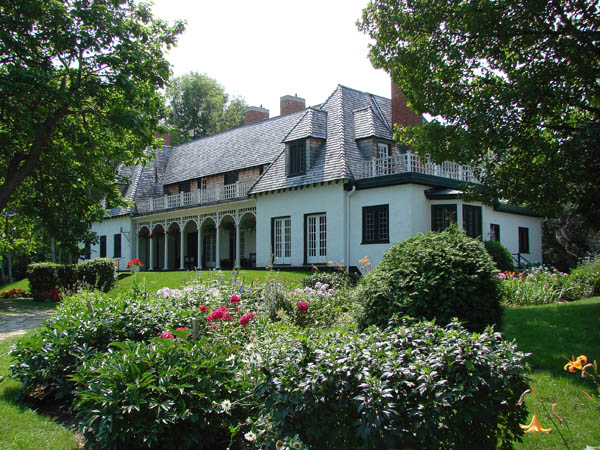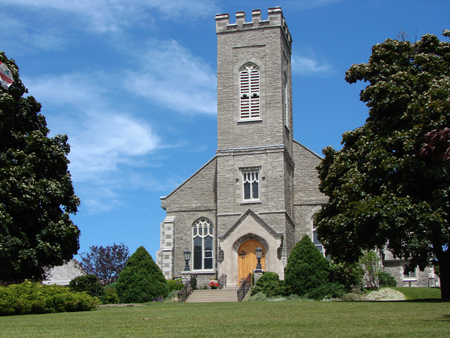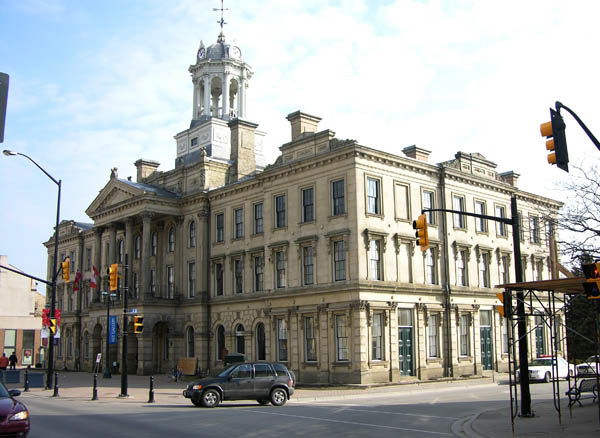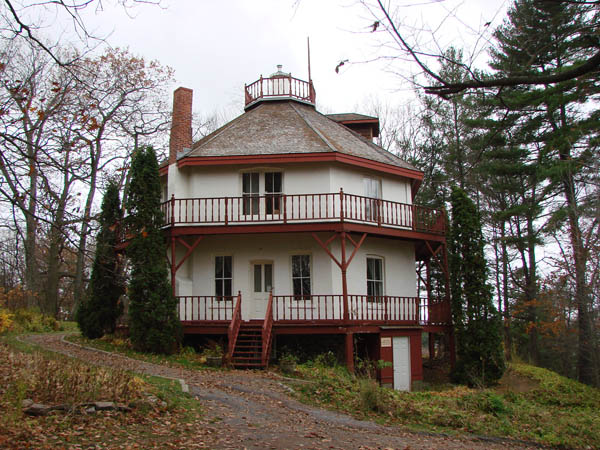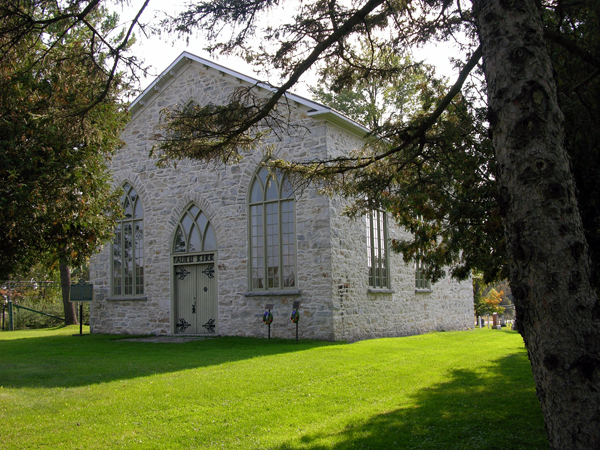Menu
The Sharon Temple is associated with the Children of Peace, a breakaway sect of the Society of Friends or Quakers, founded by David Willson. Willson and his wife emigrated from New York State in 1801 to join other Quakers in Upper Canada. By 1805, he had acquired 200 acres (80 hectares) in the Township of East Gwillimbury (York Region).
Increasing frustration with Quaker practices and beliefs resulted in Willson's dismissal from the Society of Friends by 1812. With several other former Quakers, he established a new religious sect incorporating some Quaker doctrines, elements of mysticism and Jewish ceremony – but with an emphasis on music as part of worship. Initially meeting at Willson's home, then a log meeting house, the growing sect eventually required larger accommodation. Willson, with the assistance of master builder Ebenezer Doan, constructed the "Temple of Peace."
Over the years, several other buildings were constructed on the site, including a school, a study for Willson (1829) and a larger meeting house (1842, demolished in 1915) – all emulating the style of the Temple. The meeting house served Sunday worship while the Temple was intended for specific uses, most notably the services on the last Saturday of every month and three annual celebrations of September harvest, Christmas Day and Willson's birthday in June.
While the sect flourished under Willson's guidance, it went into a rapid decline after his death in 1866, but it was with the death of his son John David Willson in 1887 that the property fell into disrepair. In 1918, the York Pioneer and Historical Society purchased the property. After some repairs, the Temple was opened as a museum, marking it as an early Canadian example of non-military building conservation and interpretation.
Square in plan and painted white with green trim, the Temple of Peace is a unique frame construction building comprising three tiers that rise from a 60-by-60-foot base to a 12-by-12-foot lantern. Each tier has tall multi-paned windows on all four sides with a small pinnacle at each corner of the roof. Every element of the Temple was intended to symbolize some aspect of the sect's religious beliefs – the three tiers represent the Trinity; a door in each of the four sides allowed people to enter on an equal footing from all directions; equal numbers of windows on each side allowed the light of the gospel to shine on the assembly with equal strength; four pillars supporting the lantern were inscribed with the words denoting the cardinal virtues of faith, hope, love and charity; and 12 pinnacle lanterns and 12 interior pillars represent the apostles. A central space housing the altar is approached from four aisles, each commencing and radiating from a doorway. The continuous arcade of 12 turned columns supports the second tier. In the centre of the Temple is the tabernacle – an artifact of remarkable design, proportion and wood joinery.
The building was designated a National Historic Site in 1990. In June 2002, the Ontario Heritage Trust secured a heritage easement on the property, and the Town of York designated it under the Ontario Heritage Act.


